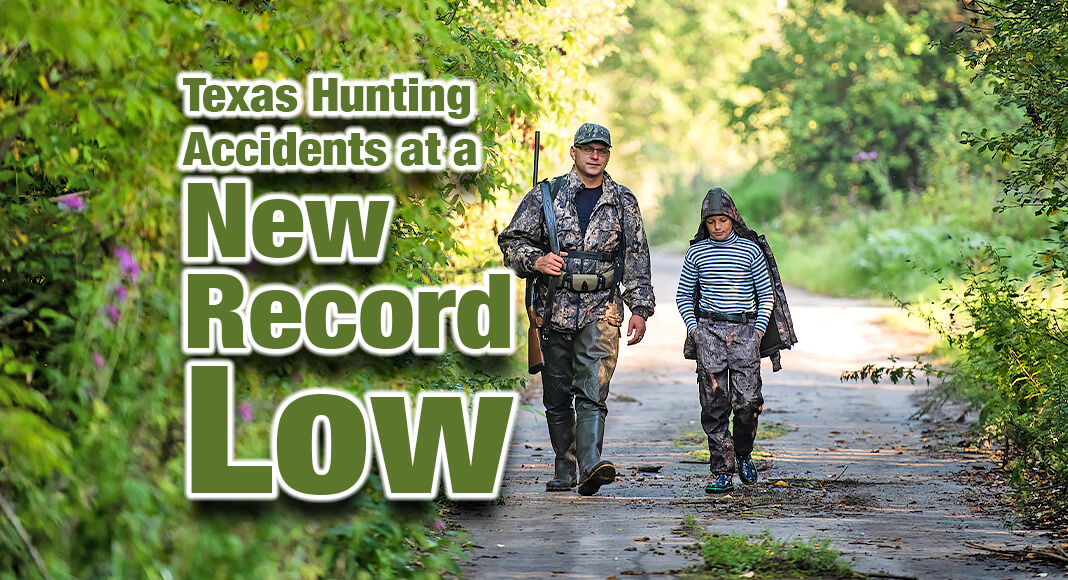
Texas Border Business
AUSTIN, Texas — Texas recorded a new all-time low number of hunting-related accidents across the state, according to the 2023 Texas Hunting Accident Report.
A new record low of 10 non-fatal hunting-related accidents and one fatality were reported in 2023. Texas’ highest record to date occurred in 1972 when the state saw 30 fatal hunting-related accidents. The staggering numbers recorded every year showed the need for more firearm safety, which led to the creation of the Hunter Education program.
Since Hunter Education became a requirement for all hunters in 1988, the hunting accident rate has seen a steady decrease. Only a single fatality has been reported for each of the last four years.
“The continued decline in hunting-related accidents and fatalities is in large part due to the efforts of the TPWD Hunter Education Program and the many Hunter Education instructors across the state, many whom are volunteers,” said Steve Hall, TPWD Hunter Education coordinator. “Beyond safety, we teach hunters how to be legal, ethical, take a good shot and take care of game from field to fork.”
More than 1.5 million students have been certified with Hunter Education since 1972. Hunter Education is required for every hunter in Texas (including out-of-state hunters) born on or after Sept. 2, 1971. The minimum age for certification is 9 years of age and certification is good for life.
There are two course options for anyone who needs to take Hunter Education — in-person or virtual. The basic classroom course includes six hours of instruction plus skill exercises, a review and then a final exam. These types of courses are most often held in schools or an indoor venue. The “Internet + Field Course,” has two parts: a free online course that should be completed first, and then the field portion that typically takes a minimum of four hours to complete. The field course contains a presentation on ethical and responsible hunting, participation in a hunting skills trail, a live-fire exercise, a review of regulations and a final exam.
There is also an online-only course that is restricted to anyone 17 years of age or older. Online coursework varies from two to four hours depending on existing knowledge, age, reading level and other factors.
Below are some tips to help ensure a safe experience for hunters whether they’re at their home, in transit to their hunting spot or spending time in the field.
- Watch the muzzle – point the muzzle in a safe direction at all times. This is the most important safety rule.
- Unload all firearms when not in use, especially at home, during transport and in the field, until ready to shoot.
- Keep your fingers outside of the trigger guard until ready to take a shot.
- Waterfowl hunters should wear protective clothing, waders and approved life jackets while in boats or around water, especially in winter months. Drowning ranks as the number one cause of waterfowl hunting-related fatalities.
- For dove, quail and pheasant hunters, the number one cause for accidents or fatalities is shooting at game outside a safe zone of fire. Communicate and stick to your safe zone of fire and never shoot towards another hunter, buildings or structures, or domestic animals such as cows.
- Be sure of your target — what is in front of and behind the target.
- Wear blaze orange to be seen by other hunters.
Hunters must have proof of Hunter Education certification on their person while in the field. Hunters have access to their Texas proof of Hunter Education in the free Outdoor Annual mobile app for iOS and Android.
Learn more about Hunter Education, how to sign up for a course and find resources for students on the TPWD website.













